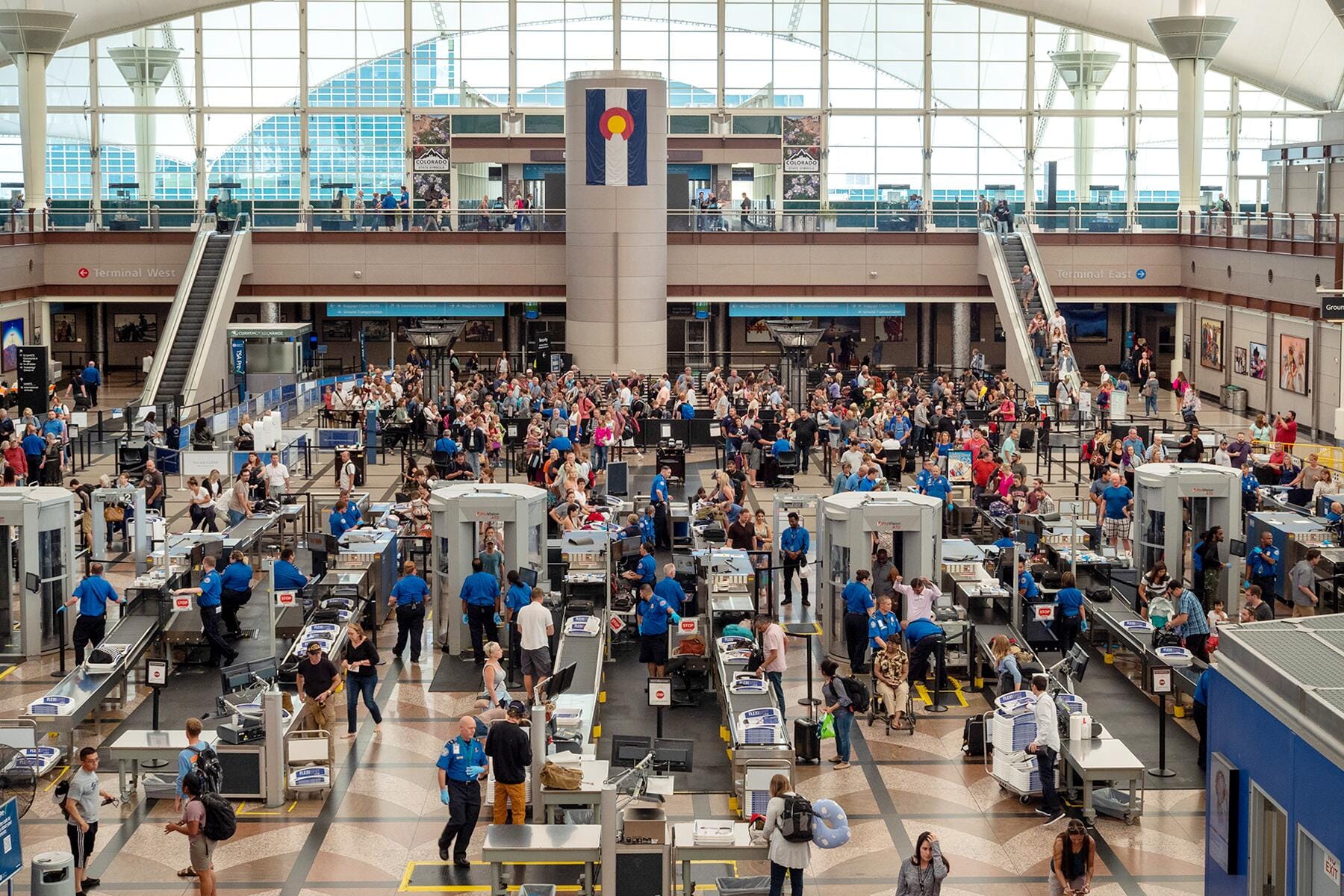
Though better known for the charismatic megafauna prowling its savannahs, South Africa remains one of the world’s best places to get up close to the most magnificent creatures still cruising our seas.
From July through November, Africa’s southern edge is awash with migrating whales. Southern rights come from Antarctic feeding grounds where they’ve been krill-loading in preparation for mating and birthing; and humpbacks, also migrating from the Southern oceans, come to snack on SA’s sardine buffet while en route to the tropics. But with over 1,500 miles of coastline, where’s a whale-watcher to start?
The self-proclaimed whale-watching capital of the world, the small town of Hermanus undeniably holds a few trump cards. Less than two hours’ drive from Cape Town on the northwestern side of Walker Bay, Hermanus’ seven-mile long coastal walkway enjoys sightings that can leave whale-watchers damp from whales breaching just yards away. Tracing a cliff edge that plunges into waters sufficiently deep for the whales to frolic, this stunning walkway is pretty much the Champs Élysées of land-based whale watching.
A stone’s throw inland, a clutch of restaurants and cafes enjoys unobstructed bay views, meaning the laziest of land lubbers can partake in the sea mammal action while sipping a cappuccino. Serving delicious breakfasts and light meals, Just Pure is an ideal perch. Harbour Rock in the new harbor offers surprisingly authentic Thai food, decent sushi, and fresh seafood alongside its unbeatable views. Want to get even closer? Numerous whale-watching trips depart the harbor every few hours in season. Southern Right Charters is a top choice, for their responsible viewing practices, solid marine interpretation, and great safety record. Hermanus also hosts a massive Whale Festival every September (20th-24th). Copious activities, crowds, and whales are all guaranteed—just be sure to book in advance.
Recommended Fodor’s Video
For those seeking something less bustling, continue forty minutes east to the other side of Walker Bay. Before reaching Gansbaai (aka, shark cage-diving central) turn into the Grootbos Nature Reserve. This award-winning eco-paradise rewards visitors with breathtaking views of fynbos-covered hills cascading down to misty dunes that melt into the waters of Walker Bay. Although you can watch the whales through telescopes from the stylish lounge areas, one of the excellent guided walks or horse riding jaunts along the beach is really why you’re here. The lodge also organizes boat trips through the conservation-minded operator, Dyer Island Cruises. With daily trips departing from nearby Gansbaai, whale cruises are led by marine biologists and frequently include additional sightings of seals, penguins, great whites, and dolphins. Finally, be sure to visit De Kelders, where another lovely path follows a few miles of whale-heavy coast. You’ll encounter plenty of whales and far fewer humans here, but note that the angle from land to sea makes for less dramatic sightings than those Hermanus-way.

Nature lovers seeking true escape need go no farther than the De Hoop Nature Reserve. About a 90-minute drive east from De Kelders, this 130 square mile reserve marks the end-point of the famous five-day, 34-mile “whale trail” hike (advanced bookings essential). De Hoop’s boundaries also include one of the largest marine reserves in Africa, nicknamed “the nursery” thanks to all the Southern rights that come here to calve. Head to Koppie Alleen, the trailhead, for a spectacular coastal walk consisting of miles of wild white dunes, aquamarine tidal pools, and in season, views of hundreds of whales—most of which are accompanied by calves. Sightings from the dunes are epic—whales breaching, spyhopping, and tail-slapping are a dime a dozen—but don’t forget your binoculars because most of the action is a few hundred yards out (and calves aren’t highly visible from shore). For unforgettable views of mothers and babies, an overflight in a Cessna is an experience well worth the cost (starting around $100/person for 30 minutes). Providing passengers an intimate view of mother-calf interactions like nursing or “cuddling”, the experienced pilots at African Wings won’t let you down.
Don’t have the time to toodle halfway around the Western Cape in search of cetaceans? No big deal. Though less guaranteed, sightings around Cape Town are still plentiful. Start by hunkering down at a cafe anywhere on the False Bay side of the peninsula. For a primo position, grab a seat at Kalk Bay harbor’s Live Bait, Harbour House, or Polana restaurants, where chances of a show with your meal are pretty decent. For the ultimate luxury whale-watching locale, cruise down Chapman’s Peak Drive (look for tell-tale spouts along the way) to Tintswalo Atlantic. The likelihood of a viewing is best if you overnight at this exquisite boutique resort overlooking Hout Bay. But to be honest, a long lunch on the deck under the milkwood trees here affords a setting so deliriously fine, it might take a moment to notice the whales pulling in.
Where to Play:
A person can only watch so many whales. Oenophiles visiting Walker Bay might have heard of local big-guns like Hamilton Russell and Bouchard Finlayson. But take note: something exciting is happening in the Hemel en Aarde Valley. Creation Wines should be first on your list. With an excellent range of boutique vintages and a buzzing tasting room where vintages can be paired with a fantastic tapas menu, a visit to Creation is an outing worthy of an entire day. For those still standing, the nearby Newton Johnson estate (home to the aptly named Heaven restaurant) is also well worth a stop.

Where to Stay:
Hermanus is littered with guesthouses and B&Bs. An excellent choice that won’t break the bank is 138 Marine Guesthouse. This Trip Advisor favorite is quiet and serene, enjoys great sea views from most rooms, and, most importantly, boasts owner-managed service that could give the best 5-star concierge a run for her money.
The luxury Grootbos Nature Reserve splits accommodation into two lodges: Garden and Forest. Garden Lodge caters to families, offering activities for kids and an African-themed ambience, while Forest Lodge is all elegant Afro-chic, favored by honeymooners and couples. Both include all meals (generally excellent, the restaurant is open to non-guests) and activities within the reserve.
Catering to every budget, the accommodation choices offered by the De Hoop Collection range from camping to simple cottages to a grand manor house. Though all options allow for self-catering, the surprisingly good Fig Tree Restaurant conveniently offers three meals a day (and picnic lunches). The Collection management also organizes overflights.
Photo credits: Hermanus Bay courtesy of Jeremy Richards/Dreamstime.com; Whale courtesy of Ken Moore/Dreamstime.com; Southern Right Whale courtesy of Ghm Meuffels/Dreamstime.com


